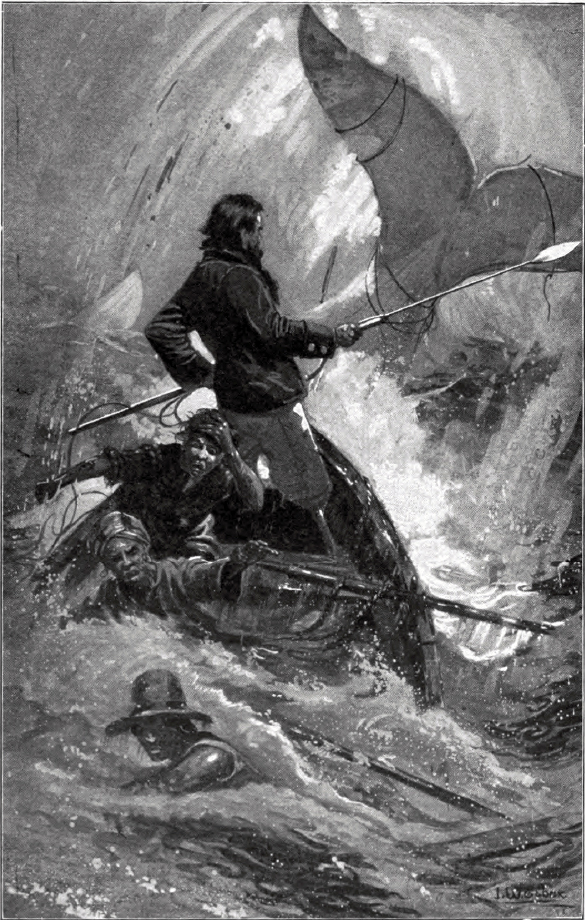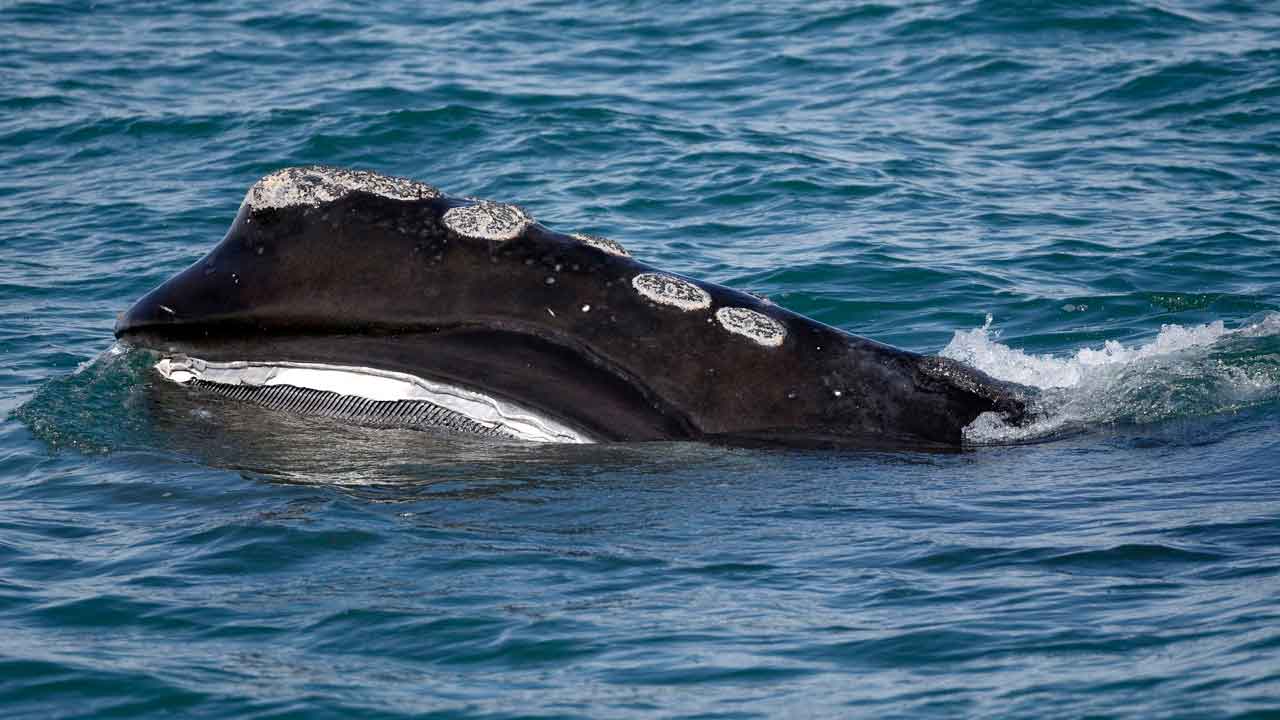
www.biologicaldiversity.org
Collisions with vessels are the one of the most frequent causes of premature death for several highly endangered marine mammals, including the North Atlantic right whale, blue whale and Florida manatee. Each of these species is already so depleted that the loss of only a few individuals can mean the difference between moving toward recovery or being pushed further toward extinction.
The numbers are staggering:
Scientists estimate 80 whales die each year off the U.S. West Coast; and in the Atlantic, roughly a third of all right whale deaths are caused by vessel strikes. These deaths are all unnecessary.
Collisions can be avoided by changing shipping routes to avoid areas where whales congregate, using existing technology to alert captains to nearby whales, and, most effectively, implementing mandatory speed limits. Slowing vessel traffic not only prevents lethal collisions with whales and other creatures; it also reduces air pollution and greenhouse gas emissions.
According to research carried out by non-profit Friend of the Sea, ship strikes kill more than 20,000 whales every year

www.earth.com
According to research carried out by non-profit
Friend of the Sea, ship strikes kill more than 20,000 whales every year. This an alarming number, especially considering how close to
extinction some species (such as the North Atlantic right whale) already are.
The problem of whale ship collisions is a worldwide phenomenon, but Friend of the Sea has identified eleven key spots where strikes are especially common. These are areas where shipping lanes cross prime feeding and breeding areas for whales.
The key areas and endangered whale species that are threatened by ship strikes include: blue whales in Sri Lanka, sperm whales in the Canary Islands, and humpback whales in Panama.




